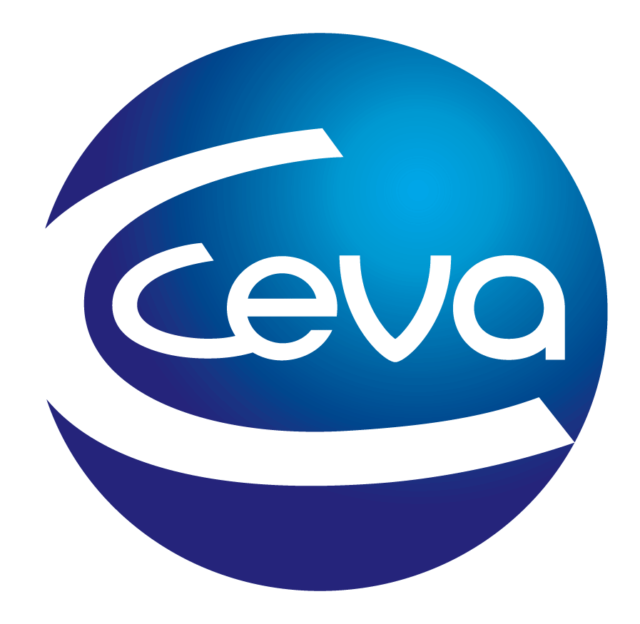“About a quarter of the organic milk being supplied now is possible due to the issuance of incentive days; this is neither a preferred nor sustainable option,” says Jonathan Ntoni, policy analyst, Alberta Milk.
In an effort to build a more stable supply, Alberta Milk has introduced a new program to alleviate some of the startup costs associated with starting an organic dairy farm.
“The [Alberta Milk] board deem it necessary to attract a couple more producers to the organic program so as to reduce the reliance on incentive days to supply the market, and as well spread the risk of organic production to more farms by preventing individual farms from holding too much of the organic market share,” Ntoni says.
The Organic Entrants Assistance Program (OEAP) will operate similarly to the New Entrants Assistance Program (NEAP), which has welcomed 17 new conventional dairy farms into the province since it started in 2011.
“We’ve had great success in our program for conventional farmers, so our organic program was a natural decision,” says Tom Kootstra, chairman, Alberta Milk board of directors.
Both entrant assistance programs offer a quota loan at no cost to successful applicants. Participants in the OEAP will receive 3 kilograms of loaned quota for every 1 kilogram bought through the Quota Exchange, up to a maximum of 25 kilograms of loaned quota. (Conventional NEAP participants receive 2 kilograms of loaned quota for every 1 kilogram purchased.) The difference was set because organic producers have increased costs compared to conventional farms.
In addition, OEAP offers a transition premium of 10 cents per litre of milk for up to three years, during which time the participants must attain their organic certification. If they fail to do so, they will be expelled from the program and forfeit their OEAP benefits.
Similar to NEAP, the quota loan gradually expires beginning in the eleventh year at a rate of 10 percent per year and is reduced to zero at the end of year 19. While using the program, new entrants can expand up to 100 kilograms per day of total quota holdings, or about 71 to 100 cows.
Alberta’s five organic dairy processors currently process 8 million litres of milk a year. The goal of the OEAP is to attract up to two new organic producers. “At a maximum quota holding of 100 kilograms per day per farm, that works out to about 2,500 litres per day per farm assuming 4 percent butterfat,” Ntoni says.
The application period opened on June 1 and will remain open until two suitable applicants are found. Submitted applications are assessed on a first-come, first-served basis.
The program is not available to producers who currently hold or have ever held a dairy producer license or dairy quota in Canada.
Interested applicants must submit a two-year financial business plan, a 10-year implementation plan, a risk mitigation plan and a signed conditional approval letter from the applicant’s financial institution agreeing to finance their operation.
Since the farm location is part of the selection criteria, interested applicants are encouraged to contact Alberta Milk before applying. “As organic milk must have segregated pick up, we hope to attract new farms that will be near other organic farms or the processors that receive organic milk,” Ntoni says. This will help to minimize transportation costs.
By building on a successful new entrant model for conventional dairy producers, Alberta Milk looks to grow its supply of organic milk with a program geared for this niche segment of the industry. ![]()
Further details about the OEAP program can be found at Alberta Milk or call (877) 361-1231.

-
Karen Lee
- Editor
- Progressive Dairyman
- Email Karen Lee









